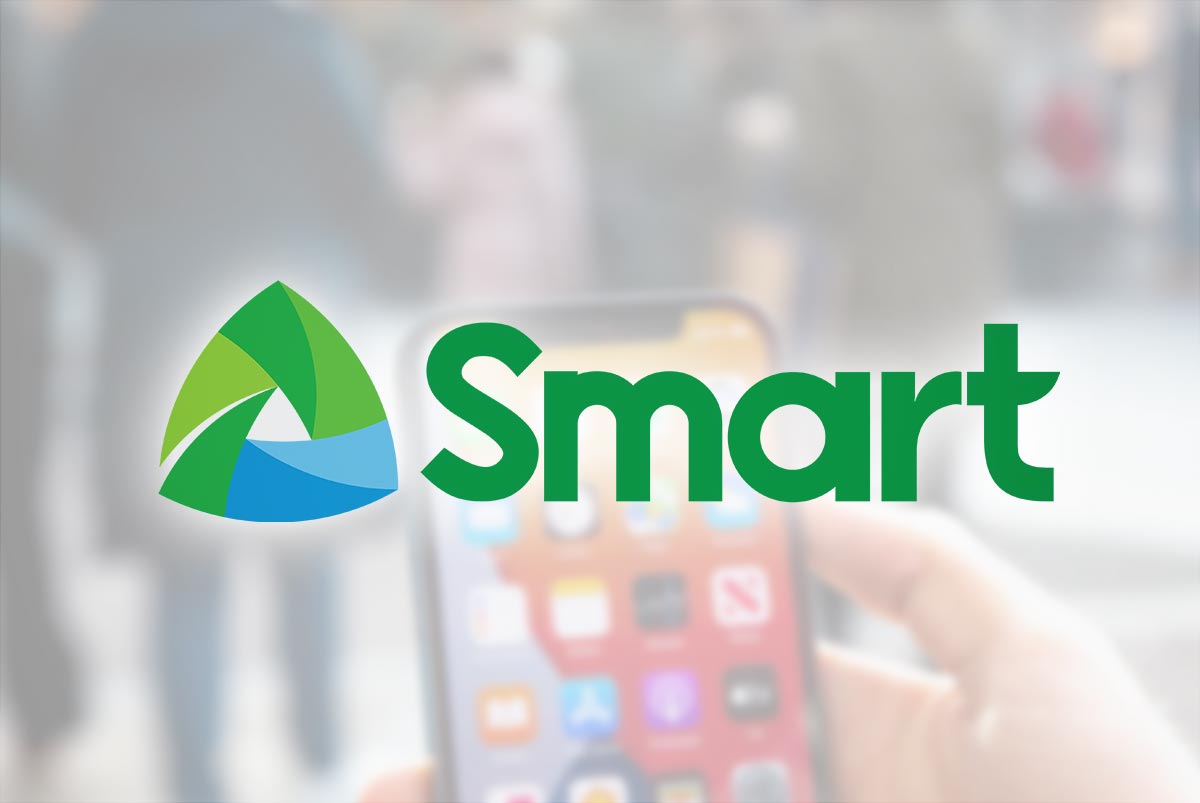Smart Communications is exploring new and innovative technologies to improve its network coverage and sustainability, especially in underserved areas across the country.
According to Eric Santiago, PLDT and Smart Network Head, the company is testing various proofs of concept (POCs) to find the best technologies that can enable a faster and more cost-effective network rollout. He shared some of these initiatives at the recent PLDT first-half earnings media briefing.
One of the technologies that Smart is looking into is the ‘lite BTS’ (base stations), which are smaller and easier to deploy than conventional base stations. These can provide wireless services to areas where there is no existing infrastructure or where there is a need for additional capacity.
Another technology that Smart is using to enhance its network performance is Massive MIMO (Multiple Input, Multiple Output), which allows a cell site to increase its coverage footprint by 30% and its capacity by 20%, just by optimizing its base stations. Santiago said that this technology helps Smart deliver faster speeds and better coverage to its customers.
Smart is also expanding its use of solar energy for its cell sites, using solar panels with battery storage systems via the ‘Solar Energy as a Service’ (SEaaS) model. This will improve the availability of power supply, especially in areas where there is limited or no commercial power, and reduce Smart’s carbon footprint and operational costs.
These technologies are expected to complement PLDT and Smart’s integrated fixed and wireless networks, which have grown significantly over the years. As of June 2023, the PLDT Group has a total fiber footprint of over 1.1 million kilometers, consisting of over 231,000 kilometers of international fiber and over 885,000 kilometers of domestic fiber. This fiber infrastructure supports Smart’s mobile network, which covers around 97% of the population with 3G, 4G/LTE, and 5G.
Santiago said that these efforts are aligned with PLDT and Smart’s commitment to support the government’s digitalization agenda and to narrow the digital divide in the country. PLDT and Smart are among the founding members of the Presidential Private Sector Advisory Council (PSAC) under the Digital Infrastructure Pillar, which aims to accelerate the development of digital infrastructure in the Philippines.
These initiatives are also part of PLDT’s multi-year transformation journey, which has elevated customer experience as one of its key priorities. PLDT and Smart are integrating sustainable solutions in their daily operations, in support of the United Nations Sustainable Development Goals (UNSDGs), particularly SDG No. 9 – Industry, Innovation, and Infrastructure, SDG No. 12 – Responsible Consumption and Production and SDG No. 13 – Climate Action.





